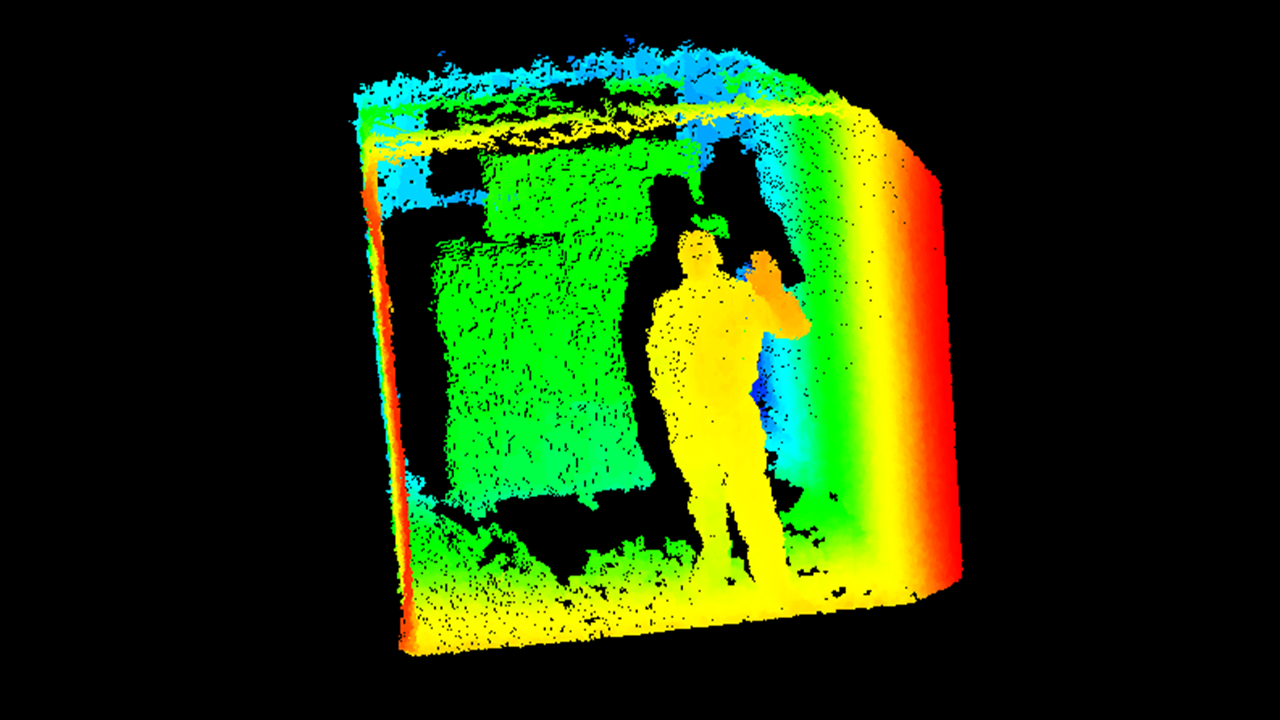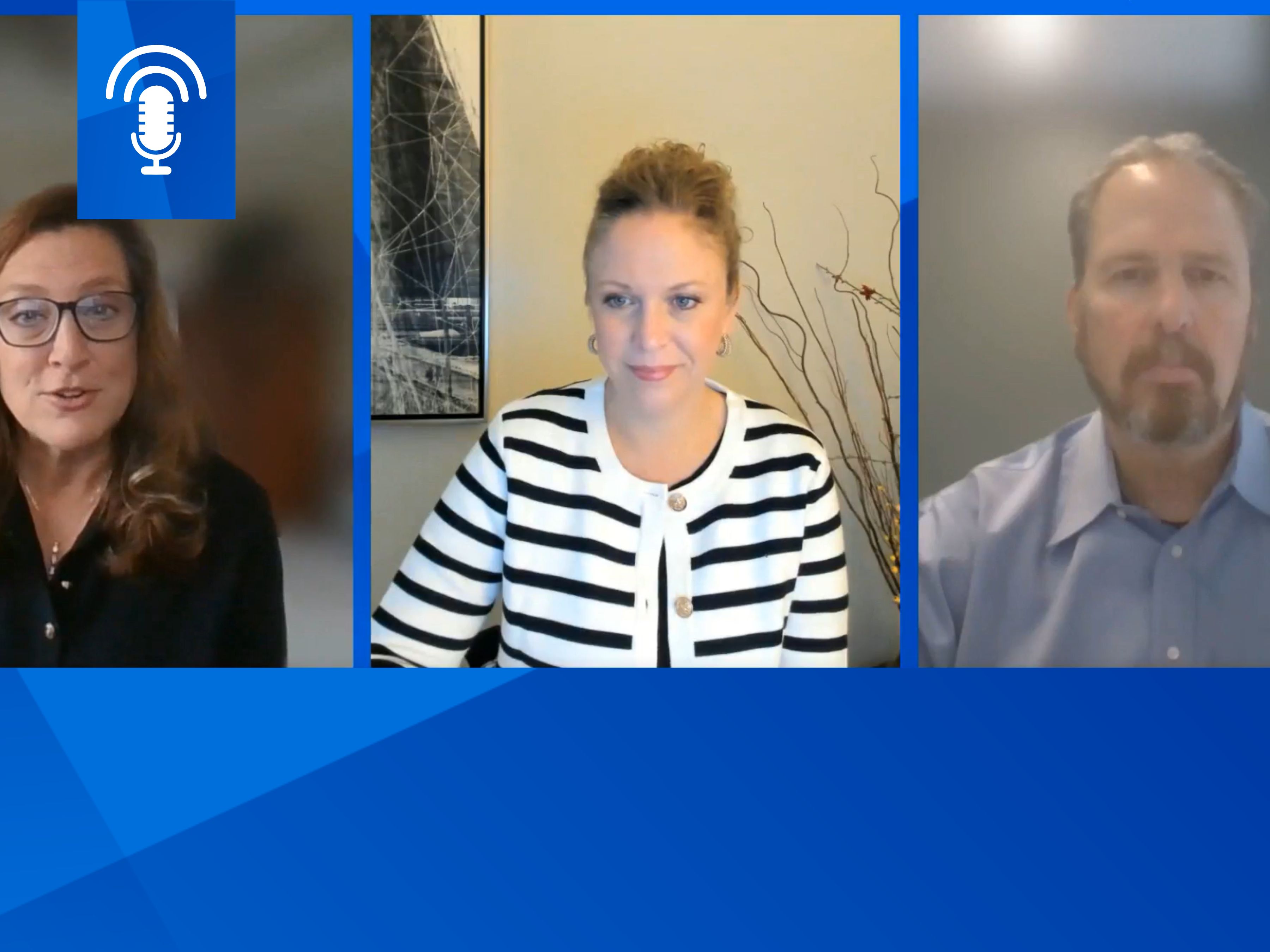Transform retail operations with Zebra’s retail technology solutions, featuring hardware and software for improving inventory management and empowering teams.
Streamline operations with Zebra’s healthcare technology solutions, featuring hardware and software to improve staff collaboration and optimise workflows.
Enhance processes with Zebra’s manufacturing technology solutions, featuring hardware and software for automation, data analysis, and factory connectivity.
Zebra’s transportation and logistics technology solutions feature hardware and software for enhancing route planning, visibility, and automating processes.
Zebra's hospitality technology solutions equip your hotel and restaurant staff to deliver superior customer and guest service through inventory tracking and more.
Zebra's market-leading solutions and products improve customer satisfaction with a lower cost per interaction by keeping service representatives connected with colleagues, customers, management and the tools they use to satisfy customers across the supply chain.
Empower your field workers with purpose-driven mobile technology solutions to help them capture and share critical data in any environment.
Zebra's range of mobile computers equip your workforce with the devices they need from handhelds and tablets to wearables and vehicle-mounted computers.
Zebra's desktop, mobile, industrial, and portable printers for barcode labels, receipts, RFID tags and cards give you smarter ways to track and manage assets.
Zebra's 1D and 2D corded and cordless barcode scanners anticipate any scanning challenge in a variety of environments, whether retail, healthcare, T&L or manufacturing.
Zebra's extensive range of RAIN RFID readers, antennas, and printers give you consistent and accurate tracking.
Choose Zebra's reliable barcode, RFID and card supplies carefully selected to ensure high performance, print quality, durability and readability.
Zebra's location technologies provide real-time tracking for your organisation to better manage and optimise your critical assets and create more efficient workflows.
Zebra's rugged tablets and 2-in-1 laptops are thin and lightweight, yet rugged to work wherever you do on familiar and easy-to-use Windows or Android OS.
With Zebra's family of fixed industrial scanners and machine vision technologies, you can tailor your solutions to your environment and applications.
Zebra’s line of kiosks can meet any self-service or digital signage need, from checking prices and stock on an in-aisle store kiosk to fully-featured kiosks that can be deployed on the wall, counter, desktop or floor in a retail store, hotel, airport check-in gate, physician’s office, local government office and more.
Discover Zebra’s range of accessories from chargers, communication cables to cases to help you customise your mobile device for optimal efficiency.
Zebra's environmental sensors monitor temperature-sensitive products, offering data insights on environmental conditions across industry applications.
Enhance frontline operations with Zebra’s AI software solutions, which optimize workflows, streamline processes, and simplify tasks for improved business outcomes.
Zebra Workcloud, enterprise software solutions boost efficiency, cut costs, improve inventory management, simplify communication and optimize resources.
Keep labour costs low, your talent happy and your organisation compliant. Create an agile operation that can navigate unexpected schedule changes and customer demand to drive sales, satisfy customers and improve your bottom line.
Drive successful enterprise collaboration with prioritized task notifications and improved communication capabilities for easier team collaboration.
Get full visibility of your inventory and automatically pinpoint leaks across all channels.
Reduce uncertainty when you anticipate market volatility. Predict, plan and stay agile to align inventory with shifting demand.
Drive down costs while driving up employee, security, and network performance with software designed to enhance Zebra's wireless infrastructure and mobile solutions.
Explore Zebra’s printer software to integrate, manage and monitor printers easily, maximising IT resources and minimising down time.
Make the most of every stage of your scanning journey from deployment to optimization. Zebra's barcode scanner software lets you keep devices current and adapt them to your business needs for a stronger ROI across the full lifecycle.
RFID development, demonstration and production software and utilities help you build and manage your RFID deployments more efficiently.
RFID development, demonstration and production software and utilities help you build and manage your RFID deployments more efficiently.
Zebra DNA is the industry’s broadest suite of enterprise software that delivers an ideal experience for all during the entire lifetime of every Zebra device.
Advance your digital transformation and execute your strategic plans with the help of the right location and tracking technology.
The Zebra Aurora suite of machine vision software enables users to solve their track-and-trace, vision inspection and industrial automation needs.
Zebra Aurora Focus brings a new level of simplicity to controlling enterprise-wide manufacturing and logistics automation solutions. With this powerful interface, it’s easy to set up, deploy and run Zebra’s Fixed Industrial Scanners and Machine Vision Smart Cameras, eliminating the need for different tools and reducing training and deployment time.
Aurora Imaging Library™, formerly Matrox Imaging Library, machine-vision software development kit (SDK) has a deep collection of tools for image capture, processing, analysis, annotation, display, and archiving. Code-level customisation starts here.
Aurora Design Assistant™, formerly Matrox Design Assistant, integrated development environment (IDE) is a flowchart-based platform for building machine vision applications, with templates to speed up development and bring solutions online quicker.
Designed for experienced programmers proficient in vision applications, Aurora Vision Library provides the same sophisticated functionality as our Aurora Vision Studio software but presented in programming language.
Aurora Vision Studio, an image processing software for machine & computer vision engineers, allows quick creation, integration & monitoring of powerful OEM vision applications.
Adding innovative tech is critical to your success, but it can be complex and disruptive. Professional Services help you accelerate adoption, and maximise productivity without affecting your workflows, business processes and finances.
Zebra's Managed Service delivers worry-free device management to ensure ultimate uptime for your Zebra Mobile Computers and Printers via dedicated experts.
Find ways you can contact Zebra Technologies’ Support, including Email and Chat, ask a technical question or initiate a Repair Request.
Zebra's Circular Economy Program helps you manage today’s challenges and plan for tomorrow with smart solutions that are good for your budget and the environment.

The Visual Data Capture Debate: Cameras vs. 3D Sensors
Until recently, demand for 3D sensors and 3D data processing technology has been driven largely by the consumer electronics sector, where it is becoming common to see them bundled with smartphones. Demand has also been rising in the automotive industry, where 3D technologies are used as the main enabler of the emergent self-driving vehicle segment. But, after being somewhat of a niche application area in enterprise applications, the use of 3D data capture and analytics is beginning to boom across many industries, including healthcare, retail, and transportation and logistics (T&L). As a result, the global 3D sensor market is estimated to exceed more than $5 Billion (US) by 2024.
The fast dropping prices of 3D and other edge artificial intelligence (AI) sensors, stemming from increasing competition among 3D sensor providers, is making enterprise utilization more feasible. For example, Waymo, Alphabet Inc.’s self-driving technology subsidiary, just announced in March 2019 that it will start selling to partners its proprietary lidars – a type of 3D sensor and the main enabler of self-driving vehicles, a move that should help further depress prices. There does not seem to be any fundamental technical barriers to bringing the cost of long-range lidars down from $75,000 per sensor to less than $1,000 in the next few years.
In other words, 3D sensors are quickly becoming a very real option for industrial applications. But should you invest in 3D technologies now? Or wait a little longer? Let’s first examine what 3D sensors can do and how those capabilities differ from camera technologies that may be in place today.
How do optical 3D sensors work?
Cameras generate a 2D array of pixels, where each pixel represents the grayscale or color value of the corresponding area in the scene. In contrast, a 3D sensor generates a 2D array where each pixel represents the distance of the corresponding point in the scene to the sensor. But not all 3D sensors work the same way, just as not all cameras are the same.
One common way to extract 3D information from a scene is to use stereo vision. In fact, this is how our eyes work. In stereo vision, two cameras are used to obtain two differing views of a scene. By matching a pixel from one camera to the corresponding pixel obtained from the other camera and using information about how the cameras are set up, the distance to the actual point can be calculated. One drawback of 3D sensing using stereo vision is that the pixel matching is computationally expensive, which makes it unsuitable for edge applications where computational power is limited. Another drawback is that they may not work well in environments that are cluttered or contain many objects with similar colors, e.g. parcels that generally tend to be brown.
Another type of 3D sensor uses structured light illumination. In this approach, a specific pattern of infrared light, generally consisting of dots, is projected onto the scene. Objects in the scene distort the pattern which is then captured using an infrared camera. Comparing the distorted pattern to the known projected one allows the sensor to calculate the depth of each point. This approach is sometimes called active stereo vision because it is similar to using stereo vision but uses a single camera and a light source.
The third common type of 3D sensing methodology is time of flight (ToF). ToF sensors capture 3D information by measuring the round-trip time of an artificial light signal provided by a laser or an LED from the sensor to a point in the scene and back.
Pros and cons of 3D sensors over cameras
There are many enterprise applications that stand to benefit from 3D sensor technologies today. (I’ll provide some specific examples in my next blog post in the coming weeks.) However, some may argue that standard cameras remain more accessible to many organizations for the following reasons:
- 3D sensors currently carry a higher unit cost than cameras, especially when considering the utilization of long-range 3D sensors
- Processing 3D data requires additional processing power
- The initial calibration process for 3D sensors is more involved than cameras
- 3D sensors may experience interference from sunlight outdoors, especially for the structured light type of sensors
However, I would argue that 3D sensors have a number of important advantages over cameras. 3D sensor technologies…
- Are better for generating rich scene data: For complicated scenes with similarly colored objects, e.g. inside of a trailer while loading, the additional information provided by the 3D sensor becomes crucial to achieve desired analysis accuracy. In addition, 3D sensors enable estimation of object sizes more accurately than cameras.
- Are less affected by bad lighting: High-accuracy computer vision applications that utilize cameras generally require controlled lighting and may not be able to handle environments like warehouses and trailers where the lighting is poor. 3D sensors operate even in the dark, since they provide their own infrared light source.
- Protect privacy: Whether you use technology to monitor patients, workers or customers in a retail store, it is imperative that you protect the privacy of those being monitored. It is also the law in many regions of the world, such as in Europe, where personnel privacy standards are higher than most. 3D sensors can capture the data you need in a less-invasive way.
For those three reasons alone, I recommend that you strongly evaluate the potential 3D sensor applications for your business as you look for ways to improve operational planning or asset monitoring. If you’re worried about the current cost of 3D sensors compared to cameras, just remember that – as with any technology – you must consider the total cost of ownership (TCO) as well as the long-term ROI of various technology options. This will often boil down to your individual business case. There are some very specific scenarios in which 3D sensors will almost always be the smartest option, especially in the transportation & logistics sector. I’ll discuss those in more detail in my next post.
###
Editor’s Note: Tune in to Your Edge in the coming weeks to find out if 3D sensors are a smart investment for your business, based on the proven 3D sensor enterprise applications that Cuneyt reveals.
###

Cuneyt Taskiran
For the last 14 years, Cuneyt Taskiran has been working on developing innovative machine learning and video analytics solutions that solve complex problems for Zebra customers. Over the past 10 years, he has focused on designing and productizing Zebra’s Enterprise Asset Intelligence solutions for Intelligent Automation in the logistics and retail sectors.
In his current role as Strategic Business Development Manager, Mr. Taskiran is responsible for developing and assessing new business opportunities, as well as incubating emerging Zebra technology, in Zebra’s Chief Technology Office.
Prior to Zebra, Mr. Taskiran worked as a technical project lead and a principal research engineer at Motorola Enterprise Solutions, where he led development of video analytics systems for consumer and public safety applications. Zebra acquired this Motorola business in 2014.
Mr. Taskiran holds a PhD in Electrical and Computer Engineering and an MA in Linguistics both from Purdue University.
Zebra Developer Blog
Zebra Developer Blog
Are you a Zebra Developer? Find more technical discussions on our Developer Portal blog.
Zebra Story Hub
Zebra Story Hub
Looking for more expert insights? Visit the Zebra Story Hub for more interviews, news, and industry trend analysis.
Search the Blog
Search the Blog
Use the below link to search all of our blog posts.
Most Recent
Legal Terms of Use Privacy Policy Supply Chain Transparency
ZEBRA and the stylized Zebra head are trademarks of Zebra Technologies Corp., registered in many jurisdictions worldwide. All other trademarks are the property of their respective owners. ©2025 Zebra Technologies Corp. and/or its affiliates.






